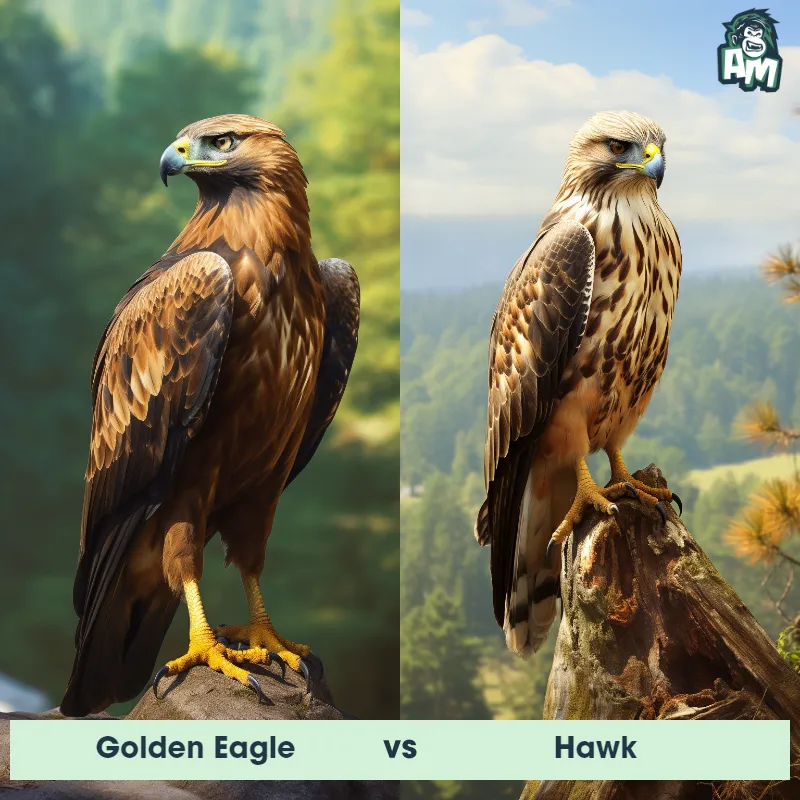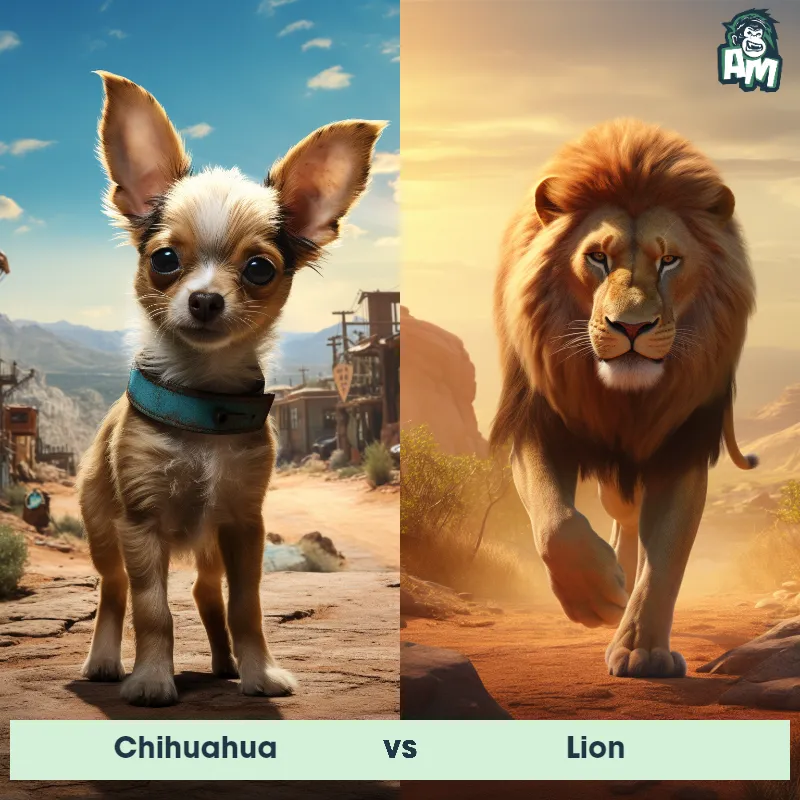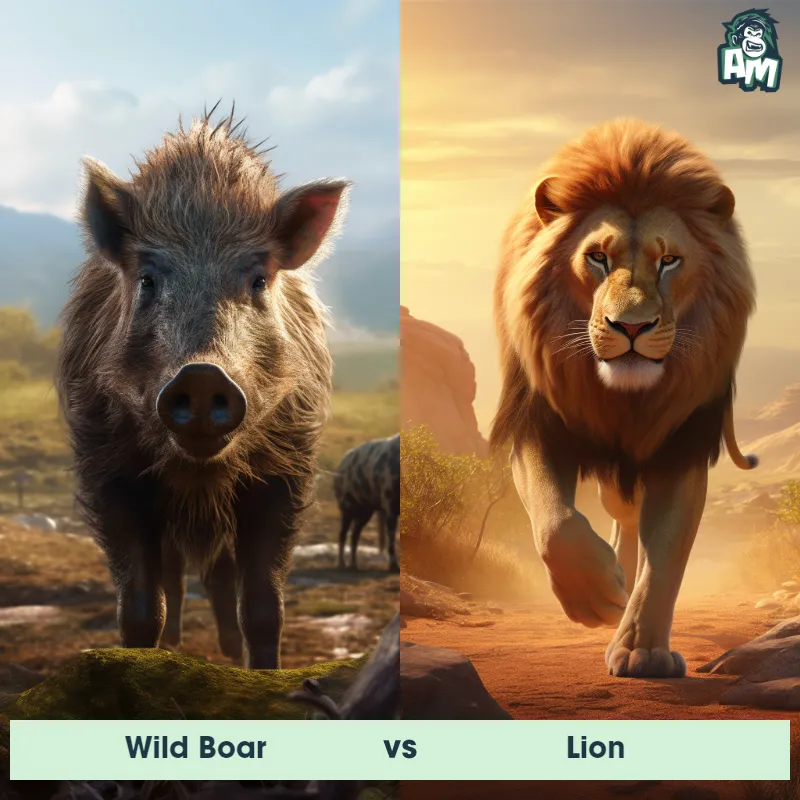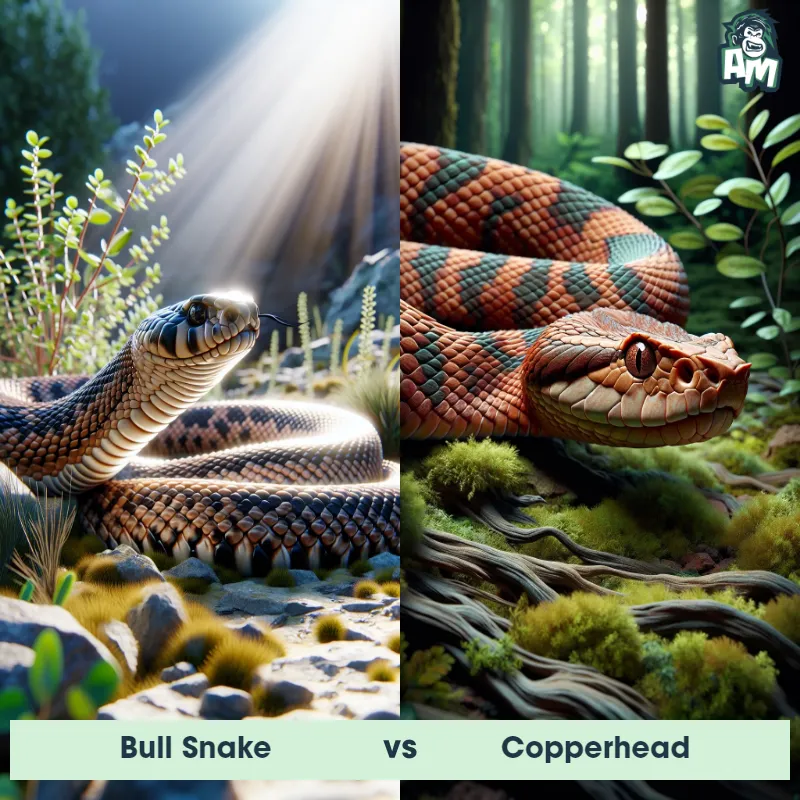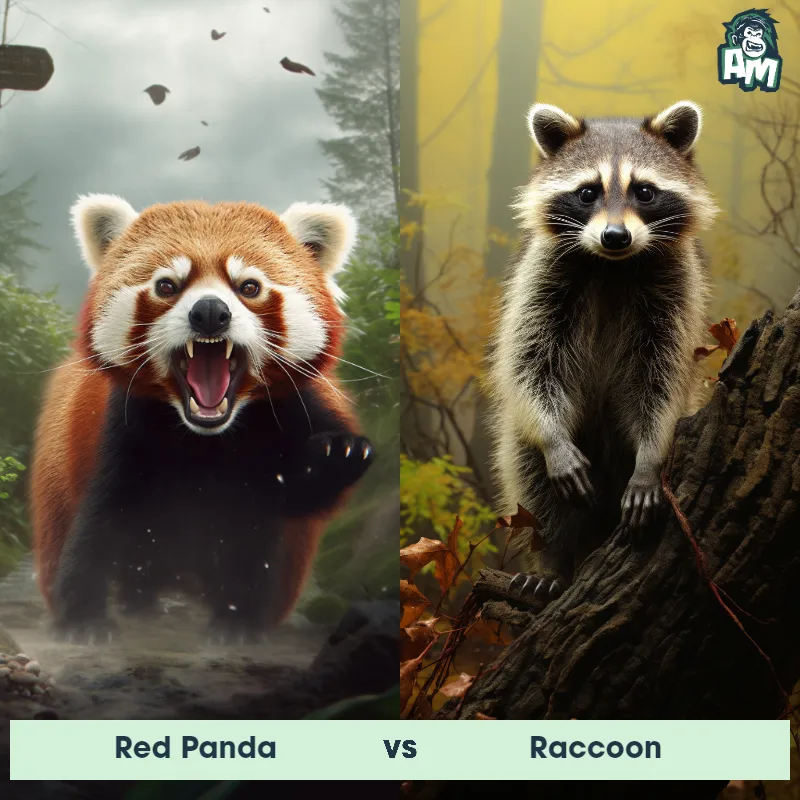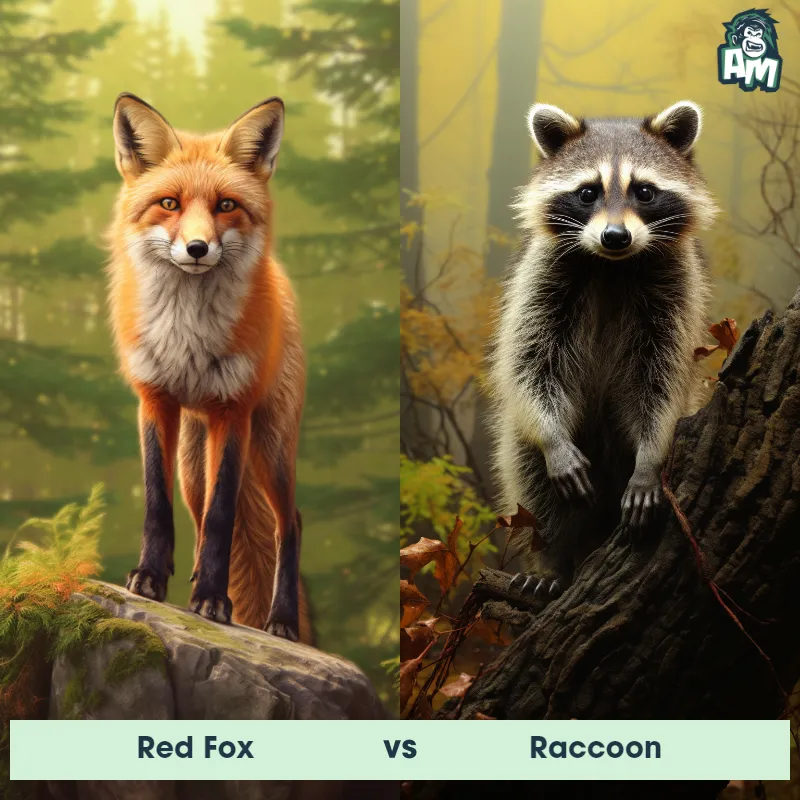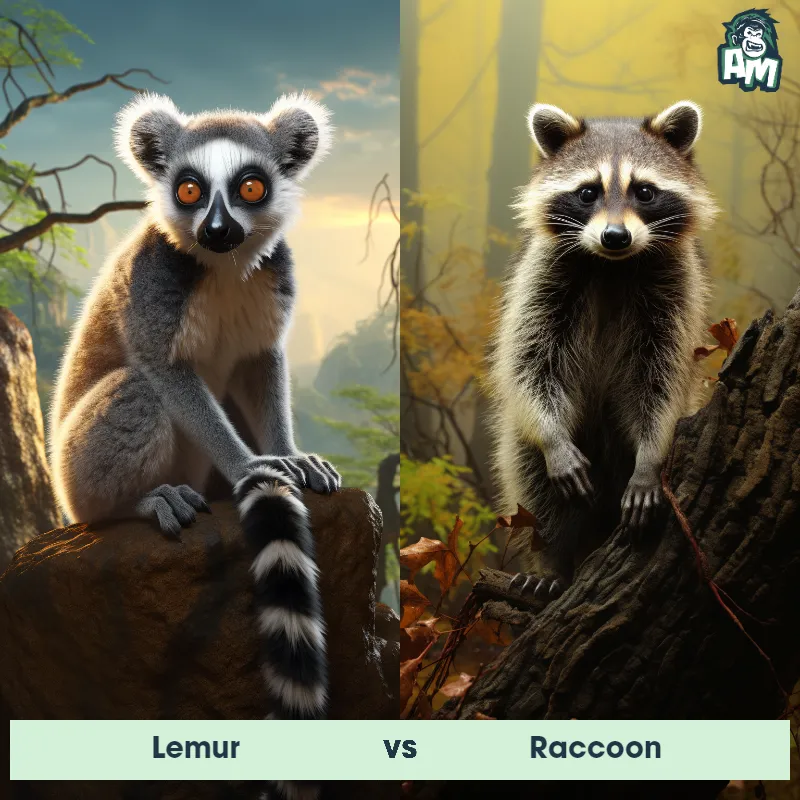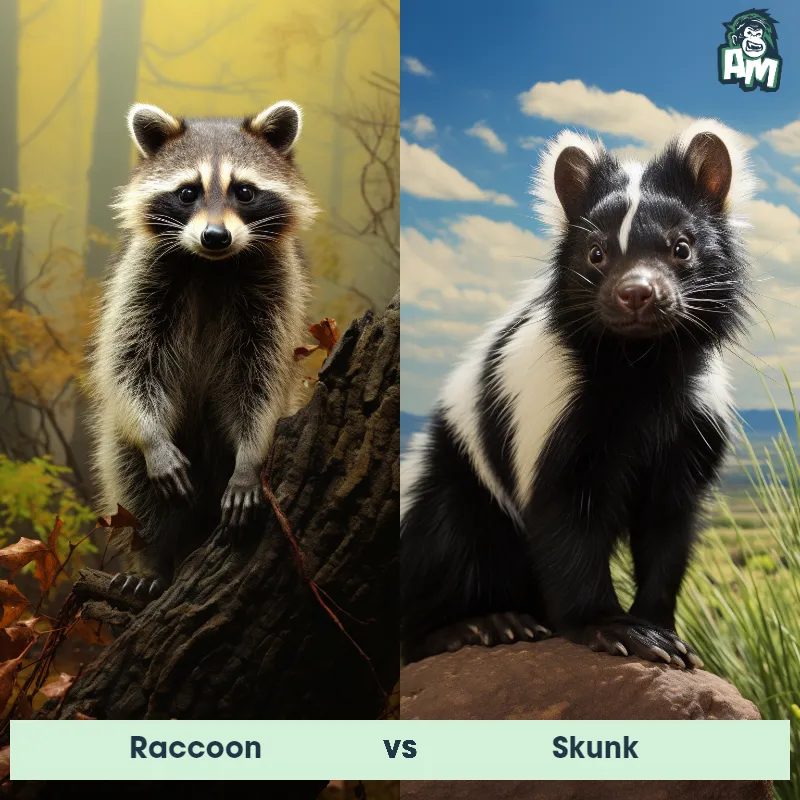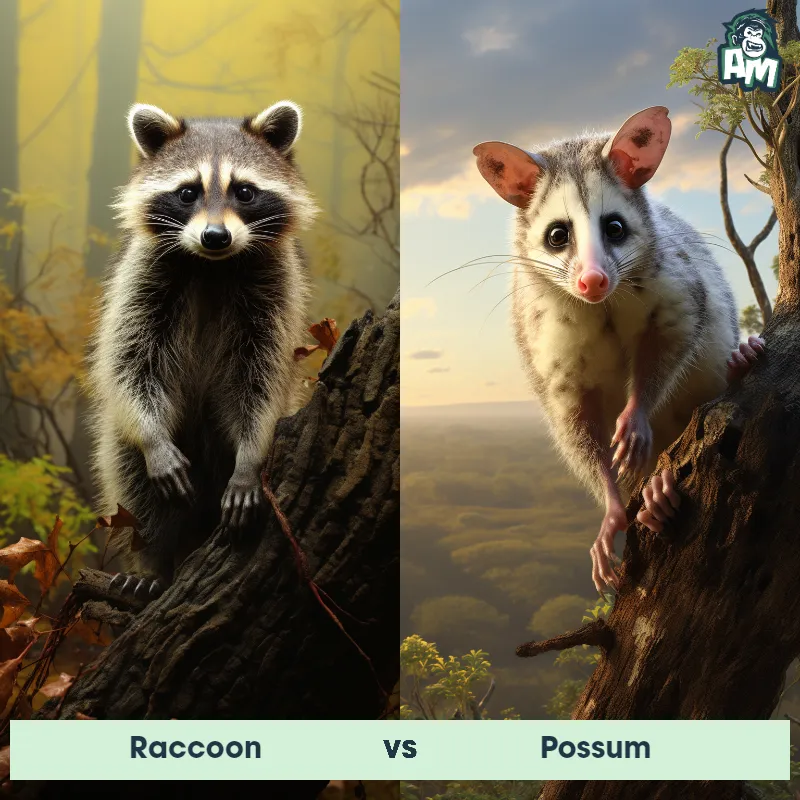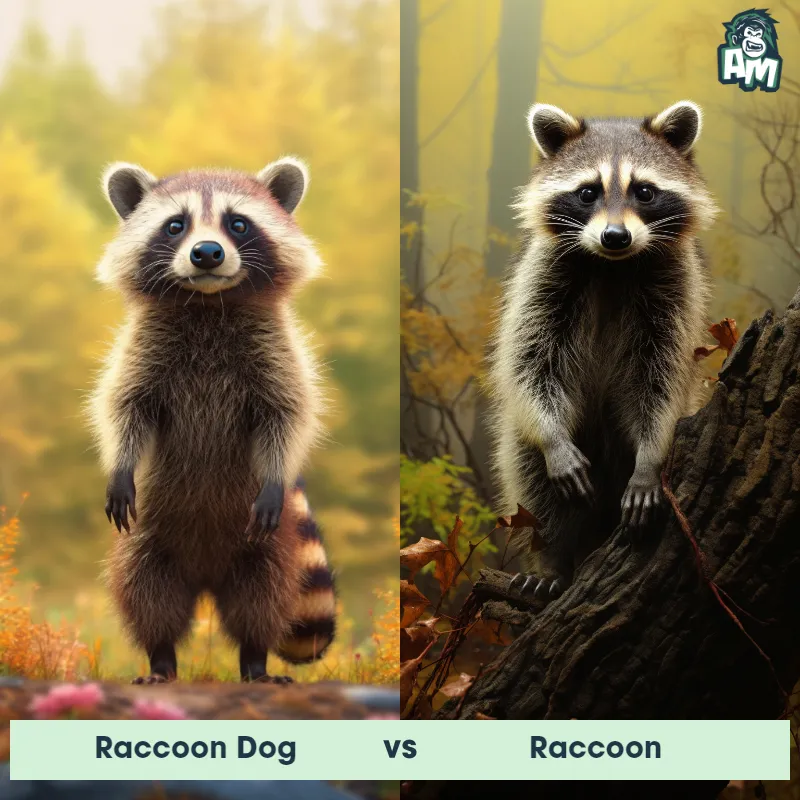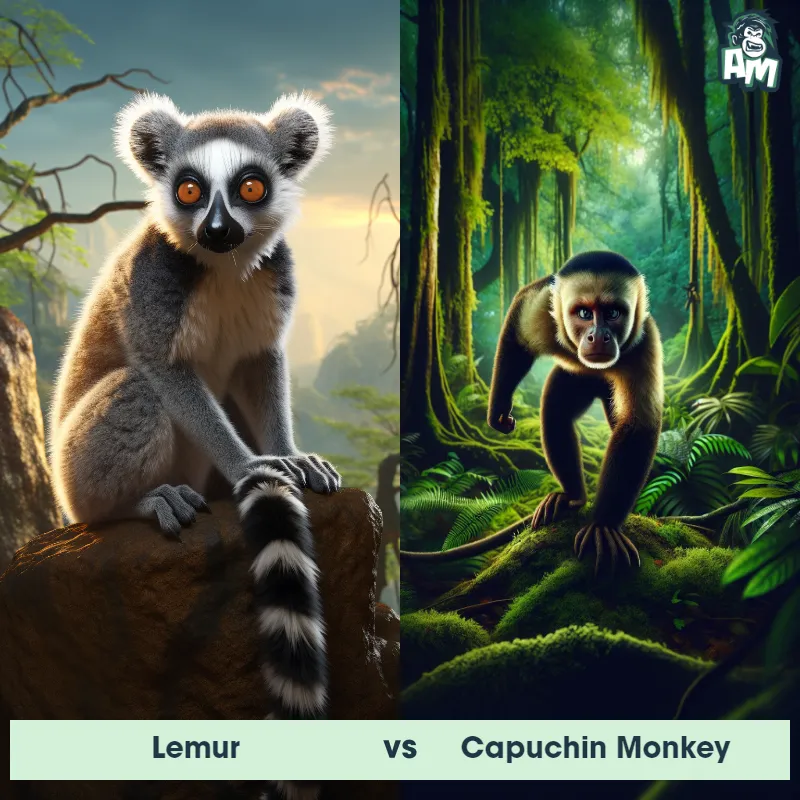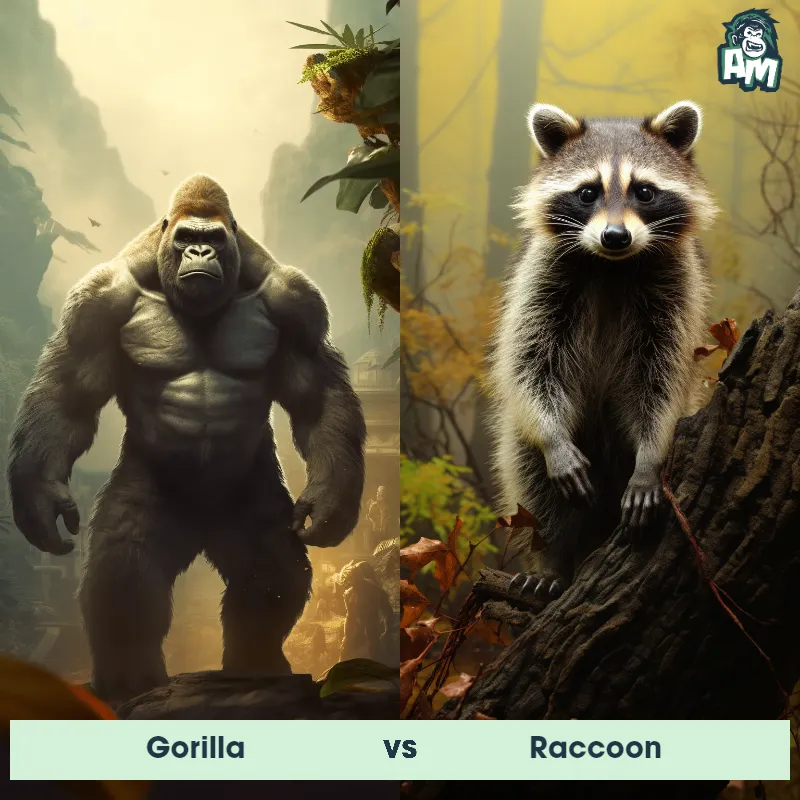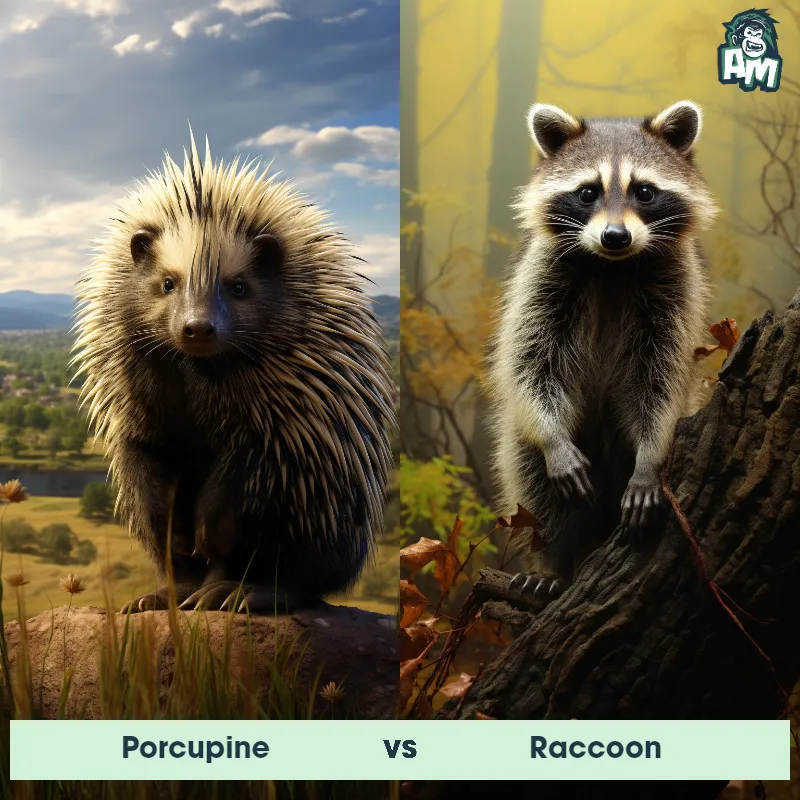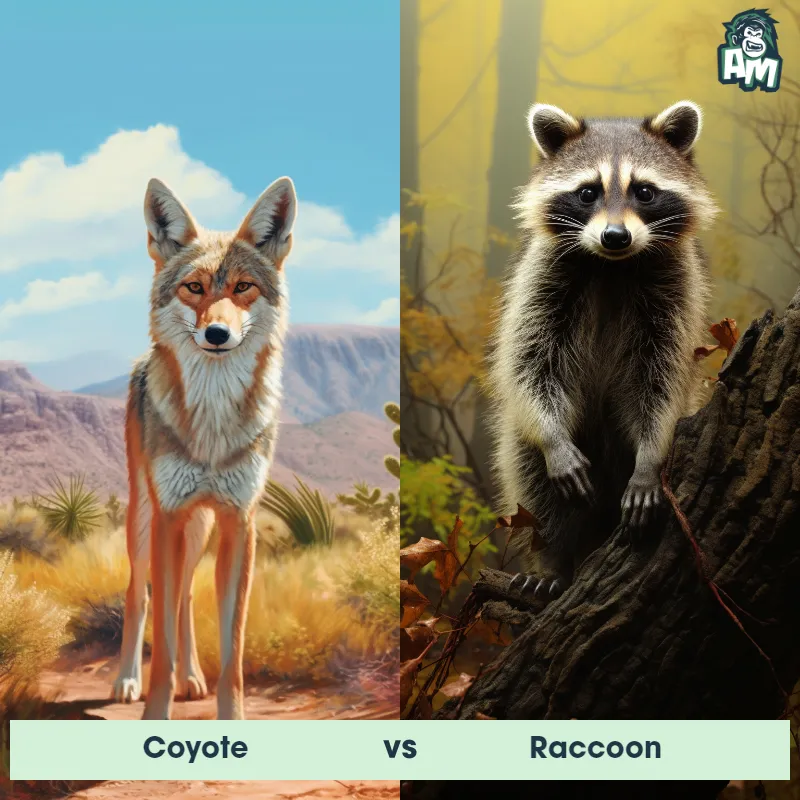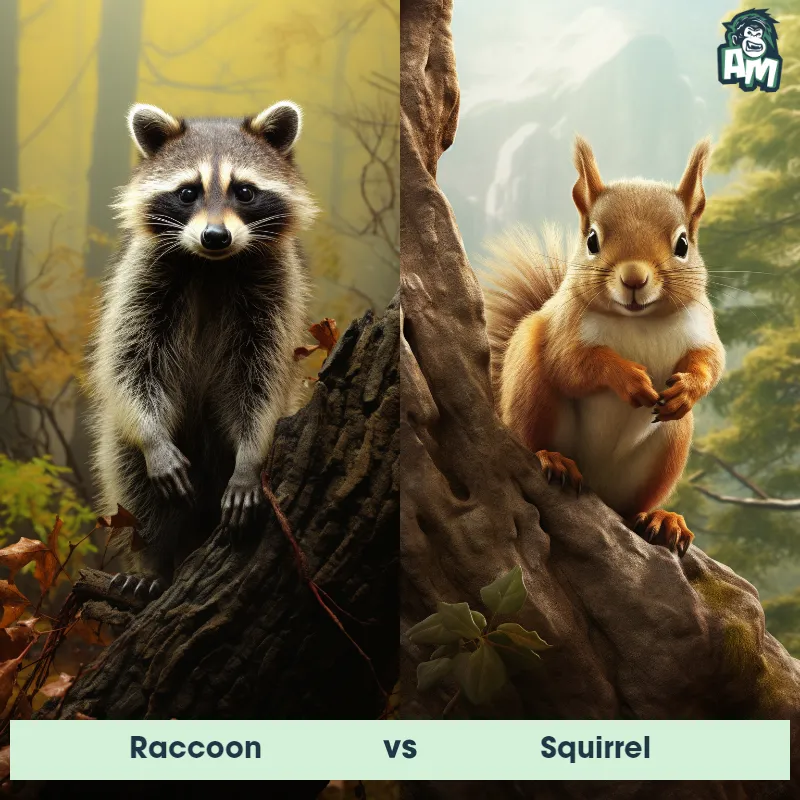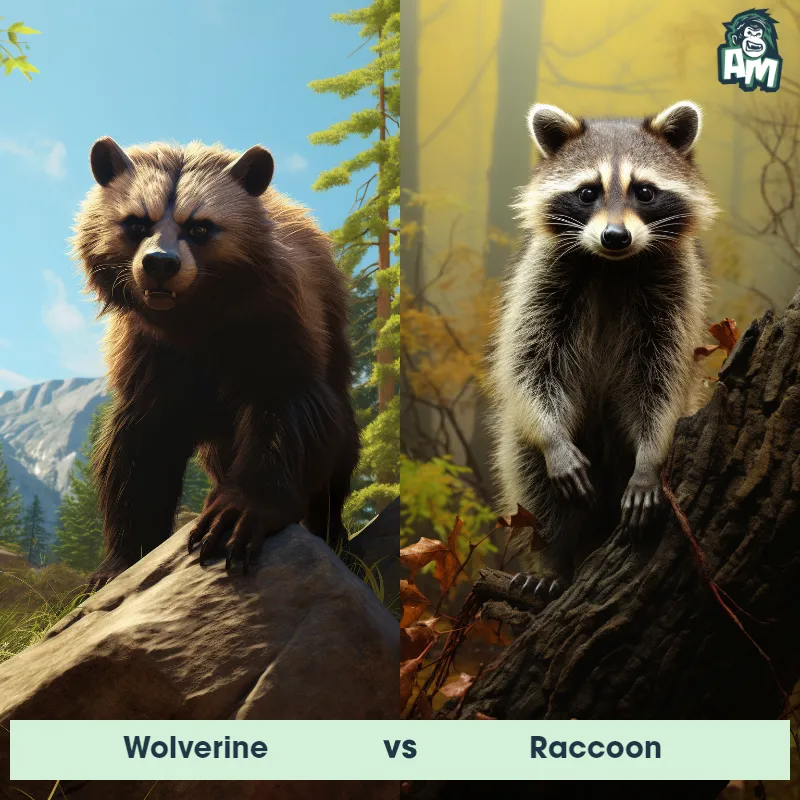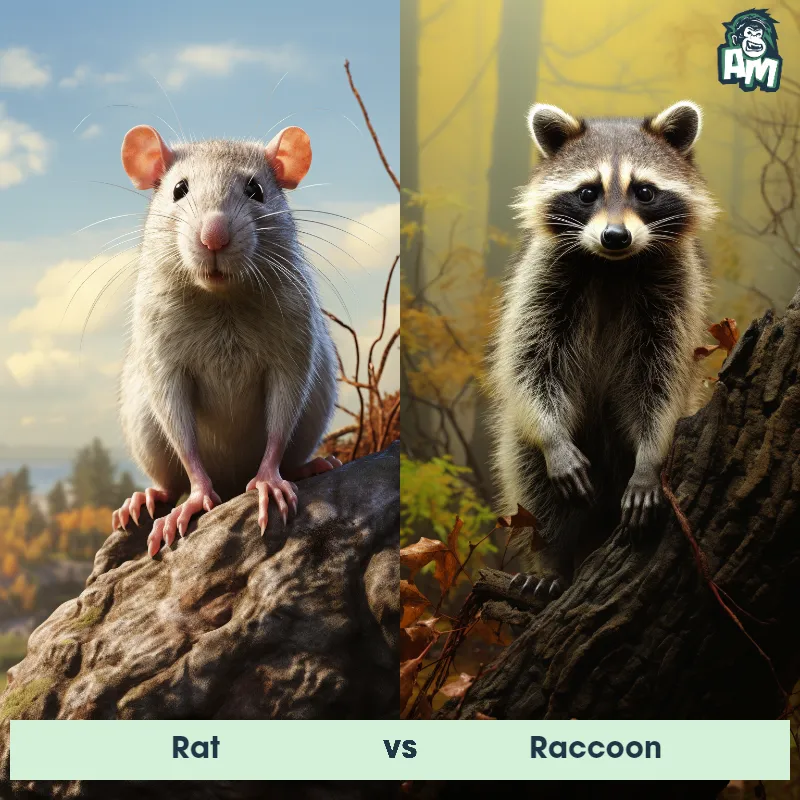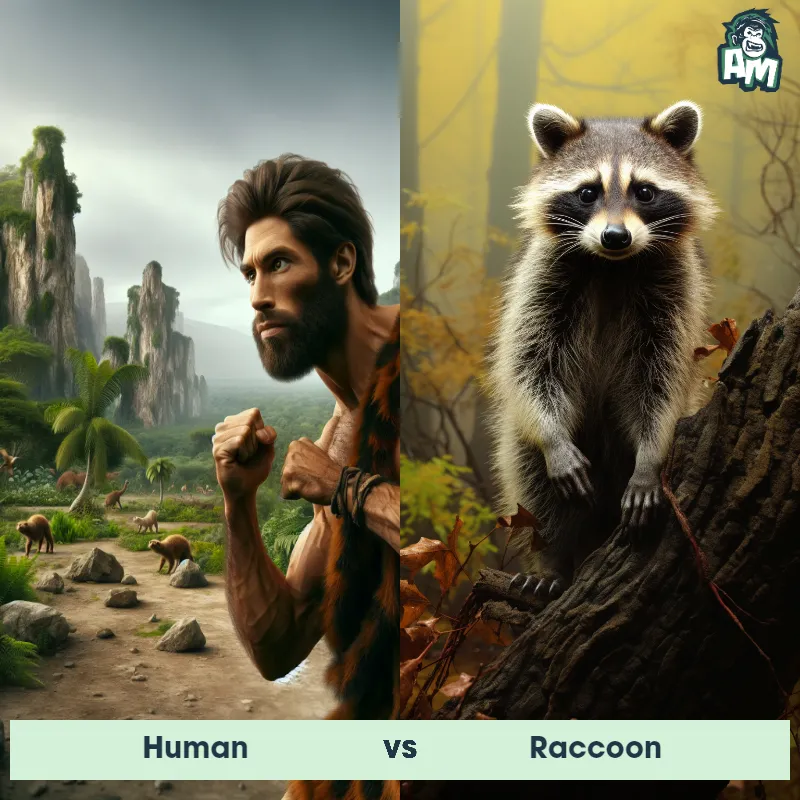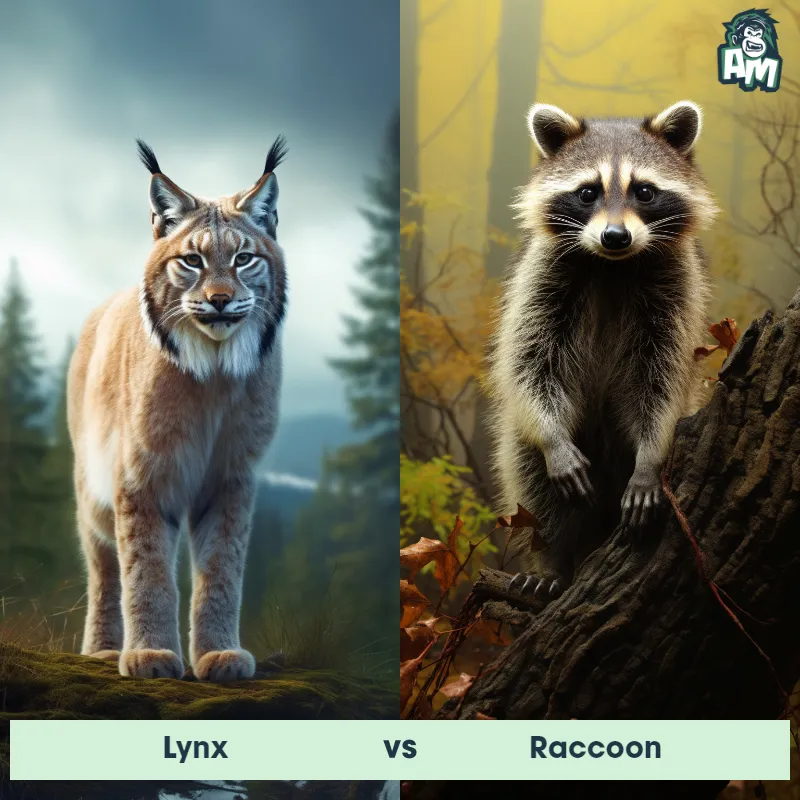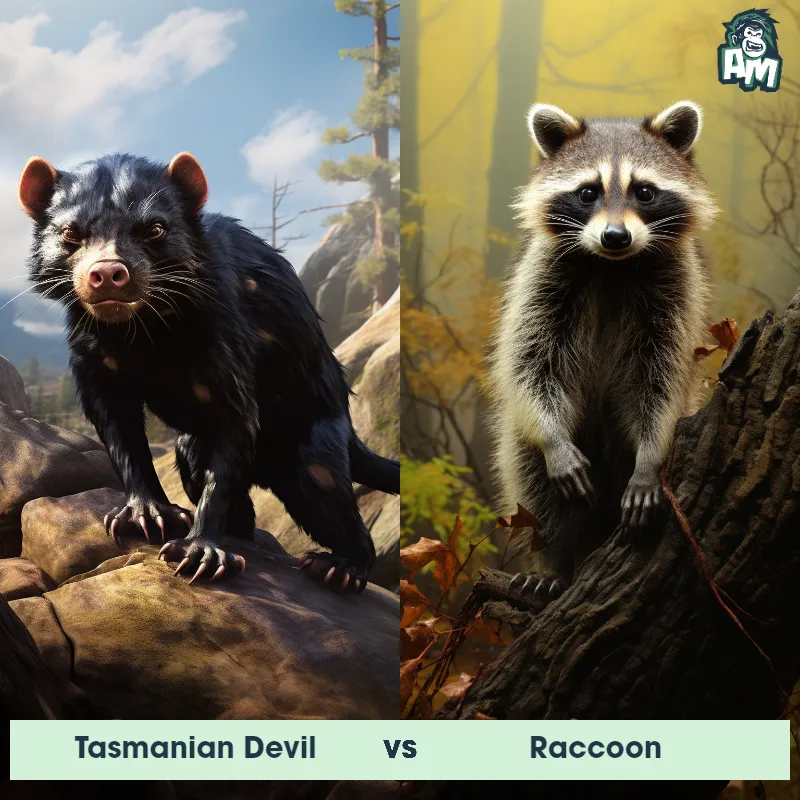Kinkajou vs Capuchin MonkeySee Who Wins

Welcome, folks, to this thrilling matchup between the Kinkajou and Capuchin Monkey! Both of these agile creatures are ready to showcase their skills in the arena tonight. Who will come out on top in this intense battle of wits and agility?
Contender 1: Kinkajou
The kinkajou is a small, rainforest-dwelling mammal found in Central and South America. With a body length of about 16 to 30 inches and a prehensile tail almost as long, this nocturnal creature is perfectly adapted for an arboreal lifestyle. The kinkajou has a soft, golden-brown fur coat and a bear-like face with large, round eyes for enhanced night vision. They have a varied diet, enjoying fruits, honey, insects, and small vertebrates.
Fun Fact: The kinkajou, also known as the 'honey bear,' has a long tongue that can reach up to 5 inches, which it uses to extract honey from beehives and nectar from flowers.
Contender 2: Capuchin Monkey
The Capuchin Monkey, also known as the White-Faced Capuchin, is a small to medium-sized primate native to Central and South America. These intelligent and arboreal creatures have a distinctive white face surrounded by a dark mask, along with a muscular body covered in fur that can range in color from dark brown to light beige. Capuchin Monkeys have sharp claws and a prehensile tail that helps them maneuver in the treetops. They are highly social animals, living in groups called troops, and are known for their exceptional problem-solving skills.
Fun Fact: One fascinating characteristic of the Capuchin Monkey is their exceptional ability to use tools, making them one of the few non-human animals to do so. Using branches and rocks, they crack open nuts and shells, as well as use sticks to extract insects from crevices or tree bark.
Matchup Stats
| Kinkajou | Capuchin Monkey | |
|---|---|---|
| Size | 16 to 30 inches (40.6 to 76.2 cm) | 12 to 22 inches (30 to 56 cm) |
| Weight | 3 to 10 pounds (1.36 to 4.53 kg) | 3.5 to 9 pounds (1.5 to 4 kg) |
| Speed | 10mph (16km/h) | 34 mph (55 km/h) |
| Key Strength | Agility and ability to climb trees quickly | Agility and flexibility |
| Biggest Weakness | Small size and lack of powerful defensive mechanisms | Lack of physical power |
Current Votes
Kinkajou vs Capuchin Monkey
See Who Wins
View More Matches
Looking For More?
Similar Matches
Scientific Stats
| Kinkajou | Capuchin Monkey | |
|---|---|---|
| Scientific Name | Potos flavus | Cebus capucinus |
| Family | Procyonidae | Cebidae |
| Habitat | Rainforest | Tropical rainforests, dry forests, and mangrove swamps |
| Geography | Central and South America | Central and South America |
| Diet | Fruits, honey, insects, and small vertebrates | Omnivorous - primarily fruits, nuts, seeds, insects, spiders, and small vertebrates |
| Lifespan | 15 years - 23 years | 20 years - 30 years |
Key Differences between Kinkajou and Capuchin Monkey
- Tail: Capuchin Monkeys have a long, prehensile tail that they use for balancing and grasping objects, while Kinkajous have a long, bushy tail that helps them stabilize while climbing trees.
- Facial features: Capuchin Monkeys have a distinctive white or light-colored cap on their head, while Kinkajous have round faces with large, dark eyes and small, rounded ears.
- Color: The Capuchin Monkey has a primarily brown or black fur coloration, while the Kinkajou typically has a golden to reddish-brown fur with a lighter underside.
- Limbs: Capuchin Monkeys have agile limbs with grasping hands and feet for climbing and manipulating objects, while Kinkajous have more robust limbs suited for both climbing and walking on the ground.
- Size: The Capuchin Monkey is significantly smaller in size compared to the Kinkajou, with an average weight of 3-9 pounds compared to the Kinkajou's 4-10 pounds.
- Behavior: Capuchin Monkeys are known for their intelligence and dexterity, often using tools to extract food, while Kinkajous are primarily nocturnal and arboreal, spending most of their time in trees.







